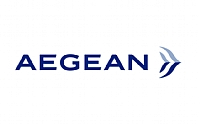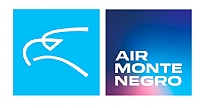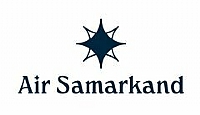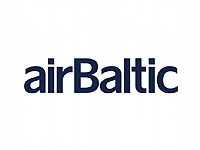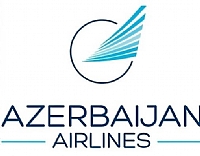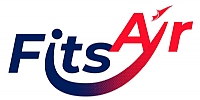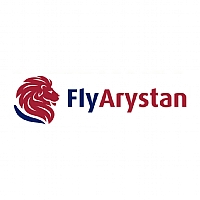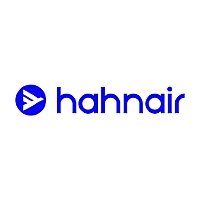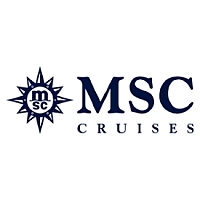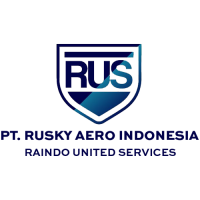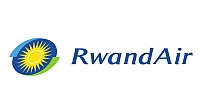Cathay Pacific posts profit increase of 90.5 percent to HKD6 billion in 2015

The Cathay Pacific Group reported an attributable profit of HK$6,000 million for 2015. This compares to a profit of HK$3,150 million in 2014. Earnings per share were HK152.5 cents compared to HK80.1 cents in the previous year.
The Group’s performance in 2015 was better than in 2014, with the business benefiting from low fuel prices. The high passenger load factors experienced in the first half of the year continued in the second half, reflecting strong economy class demand. Premium class demand was not as strong as expected on some long-haul routes. Air cargo demand, which came under pressure during the second quarter of the year, remained weak in the second half. There was an improved contribution from the Group’s subsidiary and associated companies.
The Group’s passenger revenue in 2015 was HK$73,047 million, a decrease of 3.5% compared to 2014. Capacity increased by 5.9%, reflecting the introduction of new routes (to Boston, Düsseldorf, Hiroshima and Zurich) and increased frequencies on some other routes. The load factor increased by 2.4 percentage points, to 85.7%. Strong competition, a significant reduction in fuel surcharges, unfavourable foreign currency movements and the fact that a higher proportion of passengers were connecting through Hong Kong put downward pressure on yield, which decreased by 11.4% to HK59.6 cents. Economy class demand was strong. Premium class demand improved on regional routes but was not as strong as expected on some long-haul routes.
The Group’s cargo revenue in 2015 was HK$23,122 million, a decrease of 9.0% compared to the previous year. This mainly reflected a reduction in fuel surcharges due to lower fuel prices. Capacity for Cathay Pacific and Dragonair increased by 5.4%. The load factor decreased by 0.1 percentage points to 64.2%. Strong competition, overcapacity, unfavourable foreign currency movements and the reduction in fuel surcharges put pressure on yield, which decreased by 13.2%, to HK$1.90. Demand was strong in the first quarter of 2015, assisted by industrial action at ports on the west coast of the United States. Overall demand was weak for the rest of the year, particularly on European routes.
Total fuel costs for Cathay Pacific and Dragonair (before the effect of fuel hedging) decreased by HK$14,561 million (or 37.8%) compared to 2014, despite increases in capacity. A 40.3% decrease in average prices was partially offset by a 4.3% increase in consumption. Fuel is still the Group’s most significant cost, accounting for 34.0% of total operating costs in 2015 (compared to 39.2% in 2014). Fuel hedging losses reduced the benefit of lower fuel costs. After taking hedging losses into account, fuel costs decreased by HK$7,331 million (or 18.2%) compared to 2014.
The Group’s operating expenses exclusive of fuel increased by 2.3% in 2015 compared to 2014. This was mainly due to increased operations and a corresponding increase in the size of the workforce. Congestion at Hong Kong International Airport and air traffic control constraints in the Greater China region also increased operating expenses. Productivity improvements and favourable foreign currency movements kept the increase in non-fuel costs below the increase in capacity. There was a 3.1% reduction in non-fuel costs per ATK.
The contribution from Air China (the results of which are included in the Group’s results three months in arrear) was significantly higher in 2015 than in 2014. The improvement principally reflected low fuel prices and strong passenger demand. In August 2015, devaluation of the Renminbi led to significant foreign exchange losses for Air China. However, the foreign exchange losses were more than offset by savings from low fuel prices.
In 2015, Cathay Pacific introduced passenger services to Zurich (in March), to Boston (in May) and to Düsseldorf (in September), all of which have been well received. Cathay Pacific will introduce passenger services to Madrid in June 2016 and to London’s Gatwick airport in September 2016. Dragonair introduced passenger services to Haneda in Tokyo (in March 2015) and to Hiroshima (in August 2015). Frequencies on some other routes were increased. Cathay Pacific passenger services to Moscow and Doha and the Dragonair passenger service to Manila were discontinued. Cathay Pacific introduced a freighter service to Kolkata in March 2015 and increased freighter frequencies to North America and India. The freighter network and capacity were adjusted in line with demand.
In 2015, Cathay Pacific took delivery of six Boeing 777-300ER aircraft and three Airbus A330-300 aircraft. The Boeing 777-300ER delivered in September 2015 was the 53rd and final aircraft of this type to join our fleet. Four Boeing 747-400 passenger aircraft and four Airbus A340-300 aircraft were retired in 2015. One Airbus A340-300 aircraft was retired in February 2016 and the retirement of the airline’s remaining three Boeing 747-400 passenger aircraft has been brought forward from 2017 to 2016. In 2013, Cathay Pacific agreed to sell six Boeing 747-400F freighters to The Boeing Company. Two of these freighters have been delivered and the remaining four will be delivered by the end of 2016. At 31st December 2015, the airline had 70 new aircraft on order for delivery up to 2024. The first Airbus A350-900XWB aircraft is scheduled to be delivered in May 2016. Twelve of these aircraft are scheduled to be delivered in 2016. The first of two Airbus A350 simulators was delivered to the airline in May 2015.
The Group continues to invest heavily in its products and brands. Cathay Pacific’s new livery was introduced in November 2015. Except for Boeing 747-400 and Airbus A340-300 passenger aircraft that are being retired, all Cathay Pacific and Dragonair wide-bodied passenger aircraft have been fitted or refitted with new or refreshed seats in all classes. The new Airbus A350XWB aircraft will have new cabins, seats and entertainment systems. The first class lounge at The Pier at Hong Kong International Airport reopened in June 2015. New lounges were opened in Manila in May, Bangkok in June, San Francisco in October and Taipei in November 2015.
Outlook
Cathay Pacific Chairman John Slosar said: “The operating environment was better in 2015 than in 2014, but we faced some significant challenges, which we expect to continue in 2016. Strong competition from other airlines in the region, foreign currency movements and weak premium class passenger demand will put pressure on passenger yield. Cargo demand will be adversely affected by industry overcapacity. Overall passenger demand remains strong and we expect to continue to benefit from low fuel prices. Our subsidiaries and associates are expected to continue to perform well.
“We are confident of longer-term success, and we will continue to help our passengers to travel well. In January 2016, we announced that Dragonair is to be rebranded as Cathay Dragon, as part of an effort to create a more consistent travel experience between the two airlines. We will continue to invest in aircraft, in our products and in the development of our network. Our financial position is strong. Supported by our world-class team, we remain deeply committed to strengthening the aviation hub in Hong Kong, our home city for the past 70 years.”




















